Thanks to stem cell research, medicine is getting closer to creating treatments for diseases that have long puzzled medicine.
Great room for exploiting the potential of stem cell technology
Thanks to stem cell research, medicine is getting closer to creating treatments for diseases that have long puzzled medicine.
As stem cells that have the ability to self-renew and differentiate into many different cell types in the body, stem cells promise to bring breakthrough treatments. Basic research on stem cell technology is the foundation for developing clinical applications.
According to the California Institute for Regenerative Medicine (CIRM), stem cell technology will become the standard treatment for many diseases that currently have no cure. Commonly, hematopoietic stem cells located in the bone marrow have the ability to produce all the cells needed to replenish the blood and immune system.
In a research environment, stem cells can live and grow in special solutions in test tubes or petri dishes in the laboratory. Research on the differentiation process of stem cells into specialized cells such as bone cells, heart muscle cells, nerve cells, etc., helps scientists better understand the mechanism of origin and progression of related diseased tissues.
Today, many scientific studies have demonstrated the benefits of stem cell applications. A recent study by Yiping Fan et al. (2023) showed that stem cells have been exploited in clinical trials to treat neurodegenerative diseases such as Parkinson's and Alzheimer's.
According to the National Institute of Health Sciences (NIHS), some types of stem cells are used to test the safety and quality of drugs. Researchers are using stem cells to create in vitro disease models, which analyze the inherent properties of drugs before conducting clinical trials on humans. By programming stem cells into specialized cells, medical facilities have simulated diseases such as cardiovascular, cancer, and neurodegenerative diseases, helping to evaluate the effectiveness of new drugs more accurately.
As for embryonic stem cells, the exploitation of this type of stem cell in treatment is still controversial. The research results of Kirstin and Daniel (2020) in the Journal of Regenerative Medicine stated that some countries such as Austria, Germany, Italy, Russia, Türkiye, etc. still do not allow the use of embryonic stem cells in medical research. On the contrary, some countries accept the research and treatment of human embryonic stem cells within the scope of limited standards. For example, the US National Institutes of Health (NIH) has issued guidelines on the use of human embryonic stem cells in research and recommends the donation of embryonic stem cells.
In Japan, the Ministry of Health , Labor and Welfare (MHLW) approved clinical trials to treat corneal diseases with induced pluripotent stem cells (iPSCs) from March 2019. In July 2019, a research team at Osaka University (Japan) officially applied pluripotent stem cell technology to successfully treat a 40-year-old female patient with corneal disease.
Successful clinical trials of corneal tissue transplants created from iPSCs have demonstrated the potential of stem cell technology in treating eye diseases. Given the potential applications of stem cell technology, this will be a market with much room for growth in the future.
Source: https://baodautu.vn/du-dia-lon-trong-khai-thac-tiem-nang-cua-cong-nghe-te-bao-goc-d245053.html








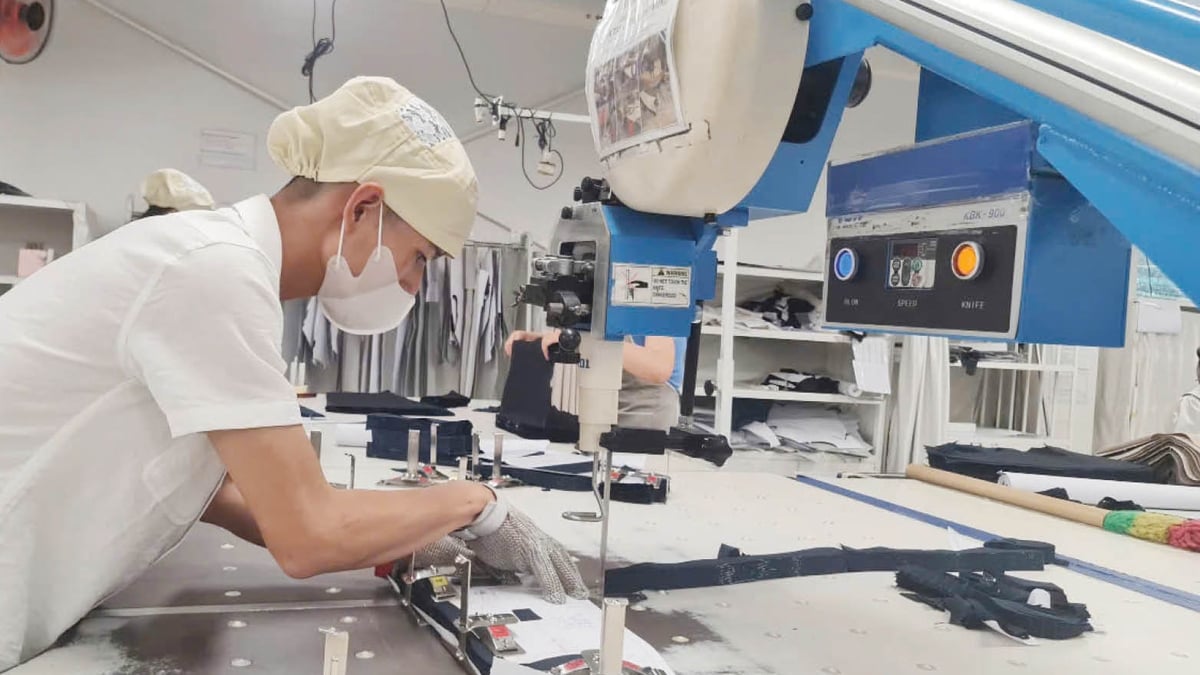
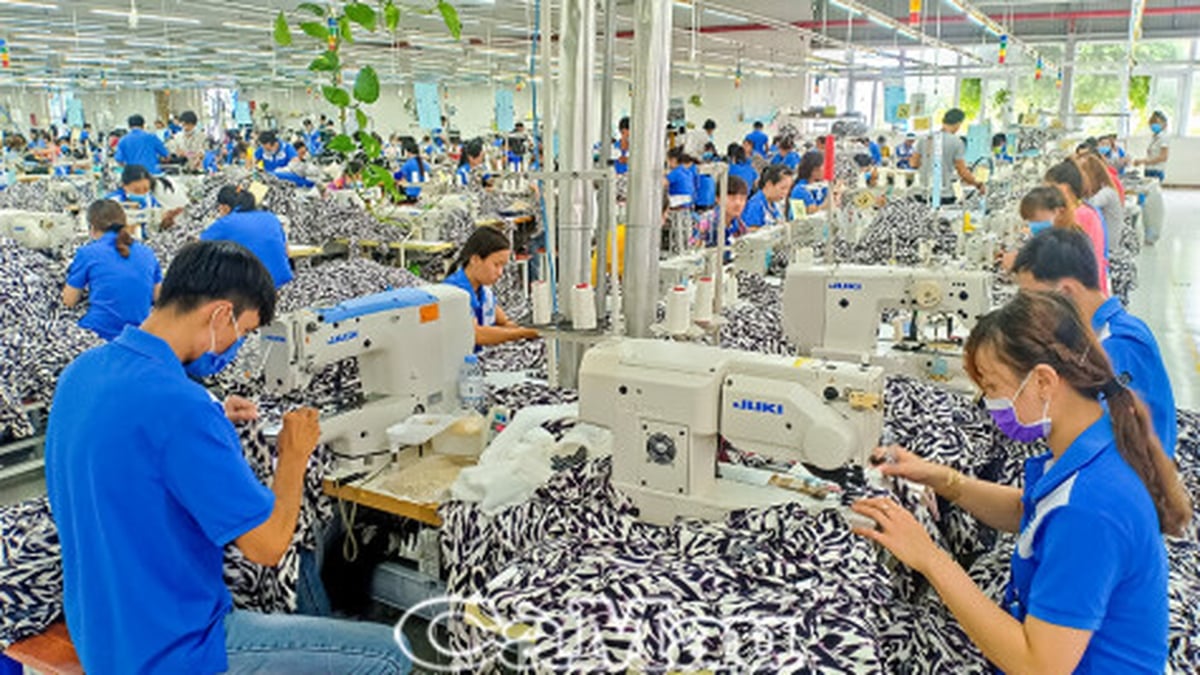


















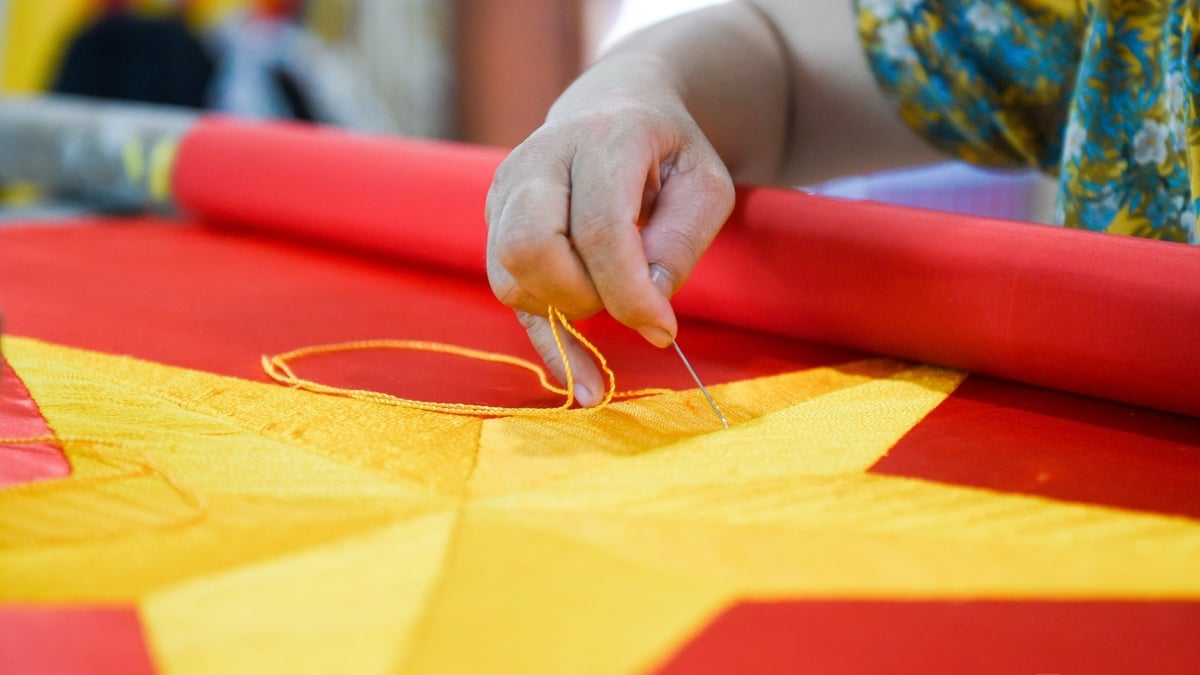



























![[Maritime News] Container shipping faces overcapacity that will last until 2028](https://vphoto.vietnam.vn/thumb/402x226/vietnam/resource/IMAGE/2025/7/30/6d35cbc6b0f643fd97f8aa2e9bc87aea)







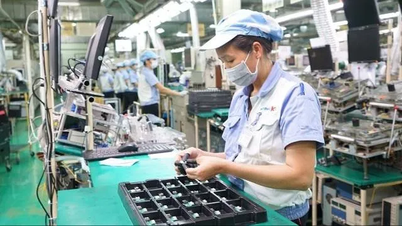


















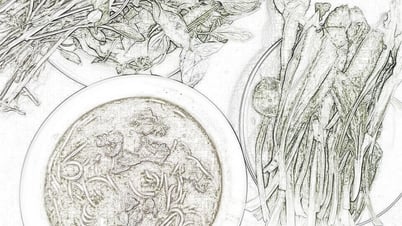





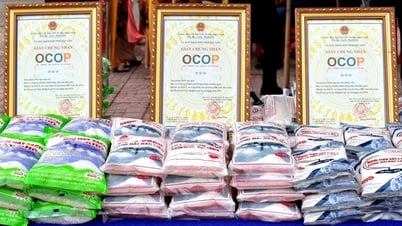











Comment (0)